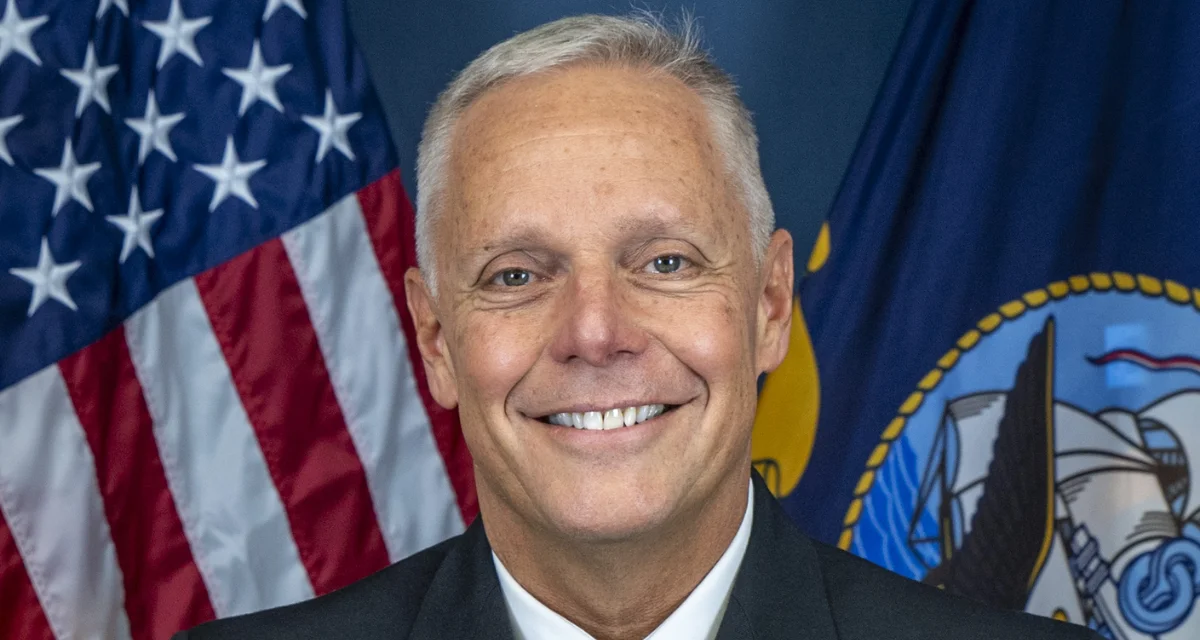US air dominance has remained strong for three decades since the end of the Cold War, but new developments in military aviation and changing levels of force readiness around the world are altering the global landscape. The United States continues to have a significant lead in fighter jet numbers, but faces recruitment challenges similar to those experienced by Russia. Meanwhile, China is expanding its fleet and personnel at a rapid pace, according to data from World Population Review.
The increased use of long-range missiles, advanced networking technologies, and uncrewed systems means that smaller air forces can now pose greater threats to larger ones. Some organizations, like the World Directory of Modern Military Aircraft (WDMMA), use rating systems to assess qualitative aspects of air power, but this ranking focuses only on fighter jet numbers.
Japan maintains about 253 fighters as part of its roughly 49,900-strong Air Self-Defense Force. Its aircraft inventory includes F-35A Lightning IIs built with Lockheed Martin and Mitsubishi Heavy Industries cooperation. The F-35A’s stealth features and advanced electronics allow pilots early threat detection and engagement at long distances. Backing up this fleet is the Mitsubishi F-2—an adaptation of the F-16 designed for Japan’s specific needs—and the older F-15J Eagles produced under license from Boeing. Many F-15Js are being upgraded for better compatibility with newer platforms like the F-35. Japan has also ordered carrier-capable F-35Bs for deployment from helicopter carriers such as Izumo.
 Alerts Sign-up
Alerts Sign-up





































